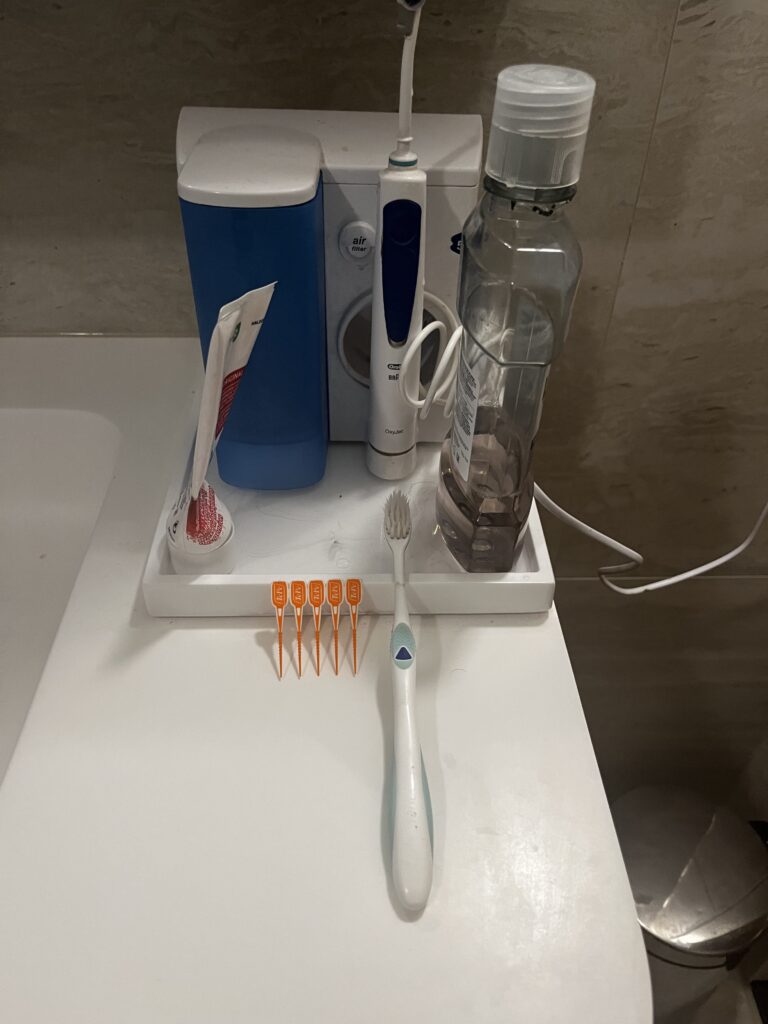
Our parents, at least mine, believed wholeheartedly that fresh vegetables and fruits are “better” than frozen. Sorry, Mom and Dad, but you weren’t correct, at least not for 90%. For most vegetables and fruits, my motto is: buy them frozen or freeze them if you buy large amounts of fresh produce. A few points I give my parents: freezing lettuce is a remarkably bad idea. Bananas should be eaten fresh from the peel, so to speak, and only frozen if you’re using them for smoothies.
I will dive into the differences between fresh and frozen. Let me make one thing clear: both are good choices. They are necessary as part of a healthy lifestyle.
1. Let us define “better.”
a. Nutritional Value: Frozen vegetables are often frozen shortly after harvest, preserving many nutrients and vitamins. Fresh vegetables might take some time to get from the farm to your table. During this period, some nutrients might degrade. This is especially true if they are improperly stored for prolonged periods. Point for frozen.
b. Availability and Cost: Frozen vegetables can be a practical choice when certain fresh vegetables are out of season. Additionally, frozen vegetables are often less expensive than fresh ones. They also have the advantage of a much longer shelf life without losing quality. This is a very important point. A family of four can easily save over 1000 Euros per year. This can be achieved by buying frozen vegetables and fruit in bulk during sales. Moreover, by not discarding wilted vegetables, you save a lot as well. You will need a large freezer, preferably a standing one, as they offer the best overview. In my opinion, a freezer is one of the best investments you can make, both health-wise and financially. Point for frozen.
c. Quality and Taste: Fresh vegetables, particularly when in season and locally sourced, can offer better texture and taste. However, frozen vegetables generally retain good flavor, though their texture could differ slightly after cooking. Point for fresh.
d. (Bacterial) Contamination: We should not underestimate the hygienic conditions. There is often a lack of these conditions under which fresh vegetables and fruits are transported and handled. This is especially true beyond professional handling, at the grocery store and in your home. Fresh produce might not be as thoroughly washed as frozen varieties. Hence, it’s advisable to wash fresh vegetables thoroughly before consumption. Point for frozen.
e. Convenience: For the lazy ones among us (like me), frozen vegetables are typically washed, cut, and ready to use. They save time in the kitchen, which can be particularly beneficial for people with busy schedules. Point for frozen.
f. Use of Pesticides: A growing concern for many. As far as I could find, there’s no significant difference between frozen and fresh regarding pesticides. You must assume that frozen food is well washed and consequently has reduced pesticide residue. Yet, washing after thawing can be tricky. Conversely, fresh produce can be washed thoroughly. All in all, this one is a tie.
So, it’s 4-1 for frozen, with 1 tie.
2. My Experience
Most of the vegetables and fruits we buy are frozen, for all of the reasons mentioned above. My wife and I drink our fruit/vegetables smoothies daily. We also consume lemon juice and soup. So, we have a high turnover of fruits and vegetables. We only buy fresh when we’re preparing dinner with friends or when fresh produce is at a very attractive price. In that case, some cooking is involved afterward to prepare for freezing.
Purchasing our beautiful 2-meter-high, deep purple stand-up freezer has proven to be one of our best health (and monetary) investments. It’s always full, including many 1 kg bags purchased at low prices. Being Dutch, I love a good deal.
3. Which Vegetables Can Be Frozen?
Most vegetables can be successfully frozen with minimal quality loss. Here are a few guidelines:
Green beans, broccoli, cauliflower, carrots, and spinach freeze well, especially if blanched before freezing.
Peppers, peas, and corn also freeze well without much loss in texture and flavor.
4. Less Suitable for Freezing
Potatoes and zucchini can become mushy due to their high water content.
Lettuce and other leafy salad greens aren’t ideal as they become limp upon thawing.
Cucumbers and celery also lose much of their crispness after freezing.
5. Freezing Fruits
Not all fruits freeze equally well, but many can be frozen successfully while maintaining flavor and nutrition. In my experience, a smoothie is the main use of frozen fruit.
6. Suitable for Freezing
Berries like strawberries, blueberries, raspberries, and blackberries freeze well. They are great for smoothies or baking but less suited for eating fresh.
Bananas can be frozen, preferably peeled and sliced, for smoothies or banana bread.
Stone fruits such as peaches, plums, and nectarines freeze well when peeled and sliced.
Pineapples and mangoes also freeze well when cut into pieces.
7. Less Suitable for Freezing
Watermelon and melons generally become mushy when thawed due to high water content.
Apples can soften after thawing; they’re better for cooking or smoothies after freezing.
Pears can also become too soft unless used in cooking or baking after thawing.
8. Some Techniques
It helps to freeze fruit in a single layer on a baking sheet. This should be done before transferring it to airtight bags or containers. Doing this prevents clumping.
Washing and preparing fruit (peeling, pitting, slicing) before freezing is ideal.
Blanching involves briefly immersing vegetables in boiling water, then quickly cooling them in ice water. It deactivates enzymes that cause quality deterioration, preserving color, flavor, and texture.
9. A Few Words on Nitrates
When discussing vegetables, the topic of nitrates often arises, especially in relation to spinach and leafy greens. Each time, I get concerned because excessive nitrates can lead to various diseases, including certain types of cancer. Fortunately, nitrates are not typically harmful. as long as they’re part of a healthy diet, even when they are present in high levels in some vegetables. Risks only arise when there’s an imbalance. This can happen by eating many leafy vegetables in combination with high nitrate consumption from cured or processed meats or contaminated drinking water.
Enjoy a happy, tasty and healthy life,
Robert, your health friend









